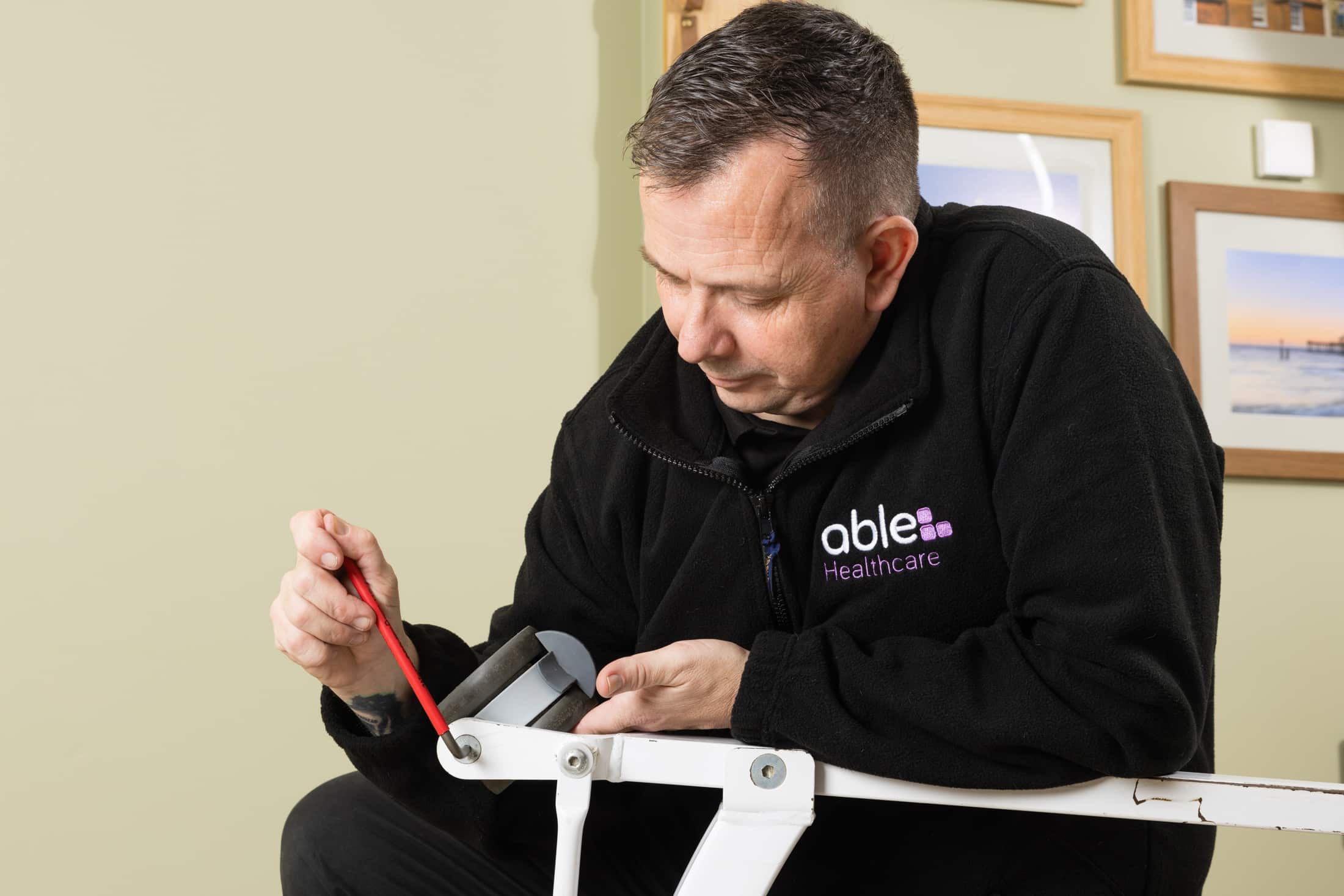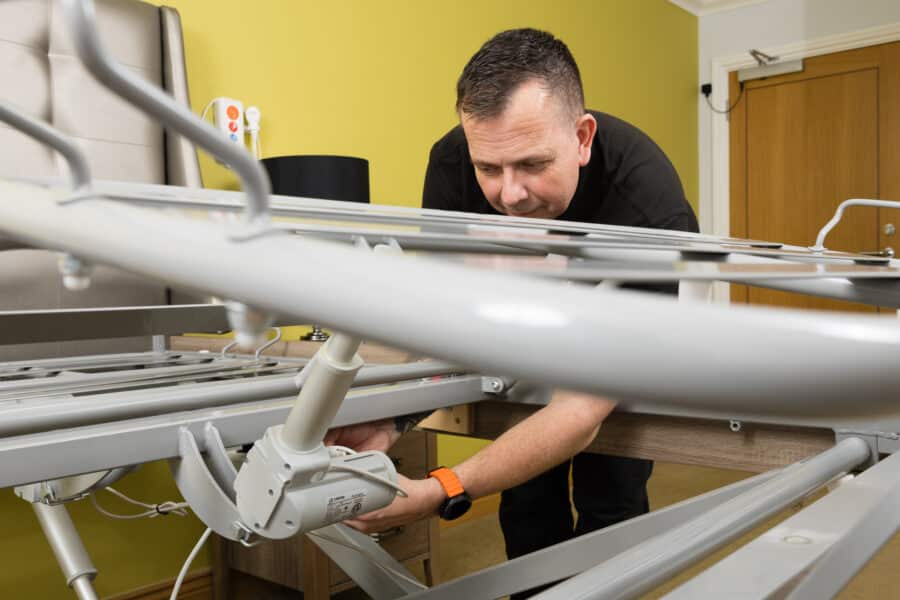In care homes, equipment reliability is not just convenient—it is essential. From wheelchairs to hoists, every piece of equipment plays a role in resident safety and quality of life. That is why care home equipment servicing should be at the heart of your maintenance plan.
When equipment is regularly inspected, tested, and serviced, you can be confident it is safe, compliant, and fit for purpose.
What Is Care Home Equipment Servicing?
Care home equipment servicing refers to the scheduled inspection, testing, and maintenance of essential items used every day in residential and nursing homes. This includes:
-
Mobility aids such as wheelchairs and walking frames
-
Patient lifting hoists, stand assists, and slings
-
Profiling beds, baths, and bath hoists
-
Patient turners and changing plinths
Servicing is not just about keeping equipment running. It ensures compliance with UK legislation, particularly:
-
LOLER (Lifting Operations and Lifting Equipment Regulations)
-
PUWER (Provision and Use of Work Equipment Regulations)
Together, these laws set out clear safety requirements for equipment used in care homes.
Why Is Equipment Servicing Important?
Resident Safety First
The number one reason for care home equipment servicing is resident safety. Faulty or poorly maintained equipment can cause injuries or accidents. Regular servicing reduces risks and ensures every device performs as it should.
Meeting Compliance Standards
Care homes must prove they meet regulatory standards during inspections. Scheduled servicing provides the necessary records to demonstrate LOLER and PUWER compliance, protecting your organisation from penalties.
Extending Equipment Lifespan
Care equipment is a major investment. Preventive maintenance extends its life, reduces breakdowns, and saves money on replacements.
Reducing Downtime
Unexpected failures disrupt daily care routines. By spotting issues early, care home equipment servicing prevents long downtimes and keeps residents comfortable.
Improving Quality of Care
When equipment works reliably, staff can focus on what matters most—providing consistent, high-quality care to residents.
Saving Money Long-Term
Preventive servicing is more cost-effective than urgent repairs or replacements. By budgeting for routine checks, care homes avoid unexpected costs.
Common Pitfalls in Equipment Servicing
Not all servicing is equal. Some providers carry out minimal checks, leaving gaps in safety and compliance. Care homes should ensure that servicing is thorough and completed by trained, competent engineers.
For more detail, see our article on Equipment Maintenance Pitfalls to Avoid.
The Role of LOLER and PUWER in Care Homes
LOLER requires lifting equipment and accessories—such as hoists and slings—to be thoroughly examined every six months. PUWER requires all work equipment to be safe, maintained, and used correctly.
By scheduling regular servicing and inspections, care homes stay on the right side of these regulations while protecting both residents and staff.
Care Home Equipment Servicing: A Vital Part of Quality Care
At Able, we believe that care home equipment servicing is more than a tick-box exercise. It is about safeguarding residents, protecting staff, and ensuring your equipment supports high-quality care every day.
Our team of trained engineers carry out full servicing, LOLER testing, and PUWER inspections, with detailed reports for your compliance records.
Ready to Book Your Care Home Equipment Servicing?
We care passionately about delivering the best possible support for the people who matter most. Contact us today to arrange care home equipment servicing or book a free consultation below.
Servicing Care Home Equipment FAQ’s
Why is equipment servicing important?
It protects residents, meets LOLER and PUWER standards, and reduces risks.
How does servicing improve safety?
Regular checks prevent accidents and spot faults before they cause harm.
Does servicing help with compliance?
Yes, it ensures homes meet legal safety regulations and avoid penalties.
Can servicing extend equipment lifespan?
Yes — maintenance stops minor issues becoming costly breakdowns.
How does servicing reduce downtime?
It catches problems early so equipment keeps running smoothly.
Is preventive servicing cost-effective?
Planned checks cost far less than emergency repairs or replacements.
Does servicing include staff training?
Often, engineers train staff for safer and more confident equipment use.





